Super wolf blood moon - in pictures
Rare combination of three major lunar phenomena was visible in Europe early on Monday
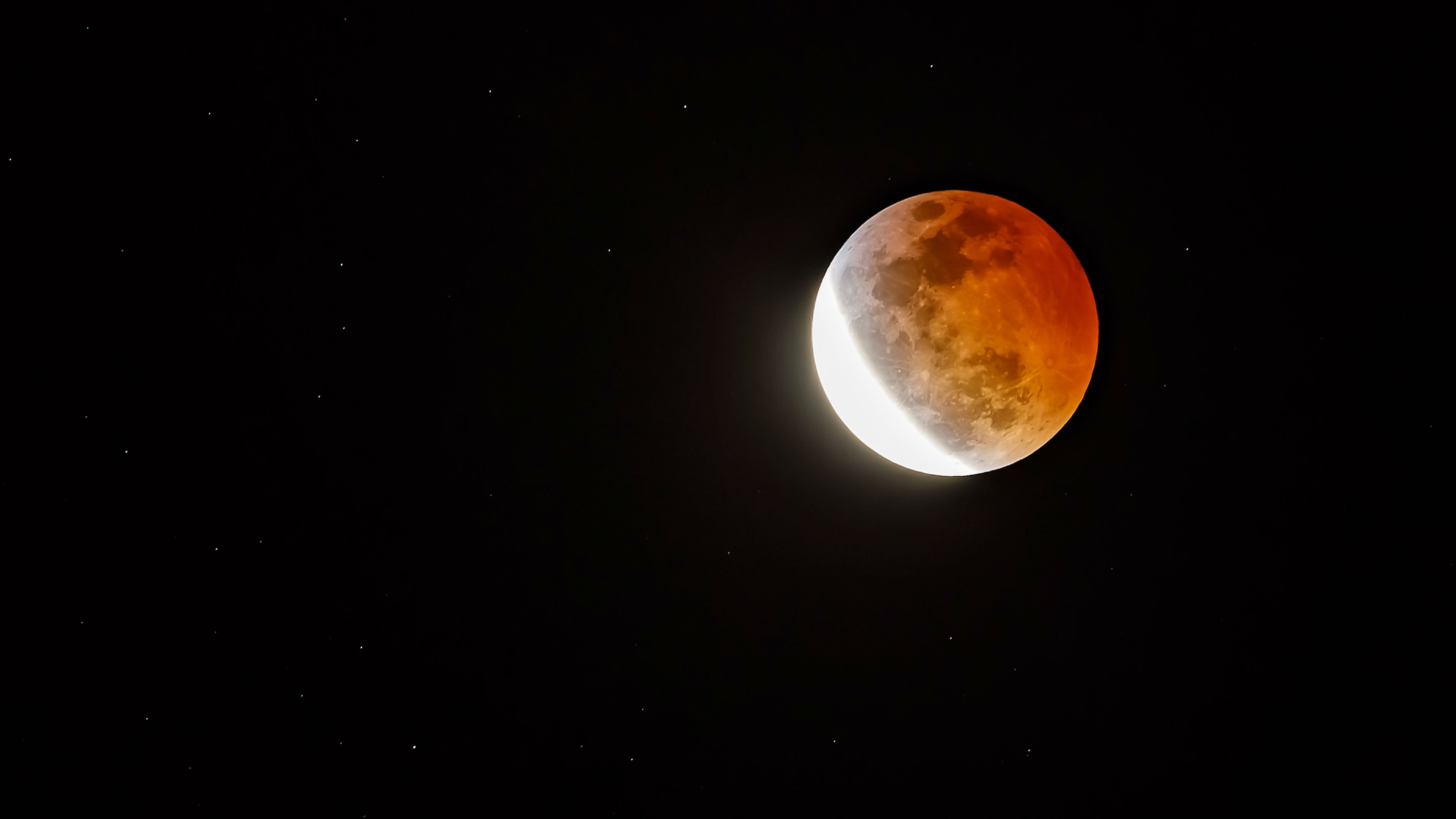
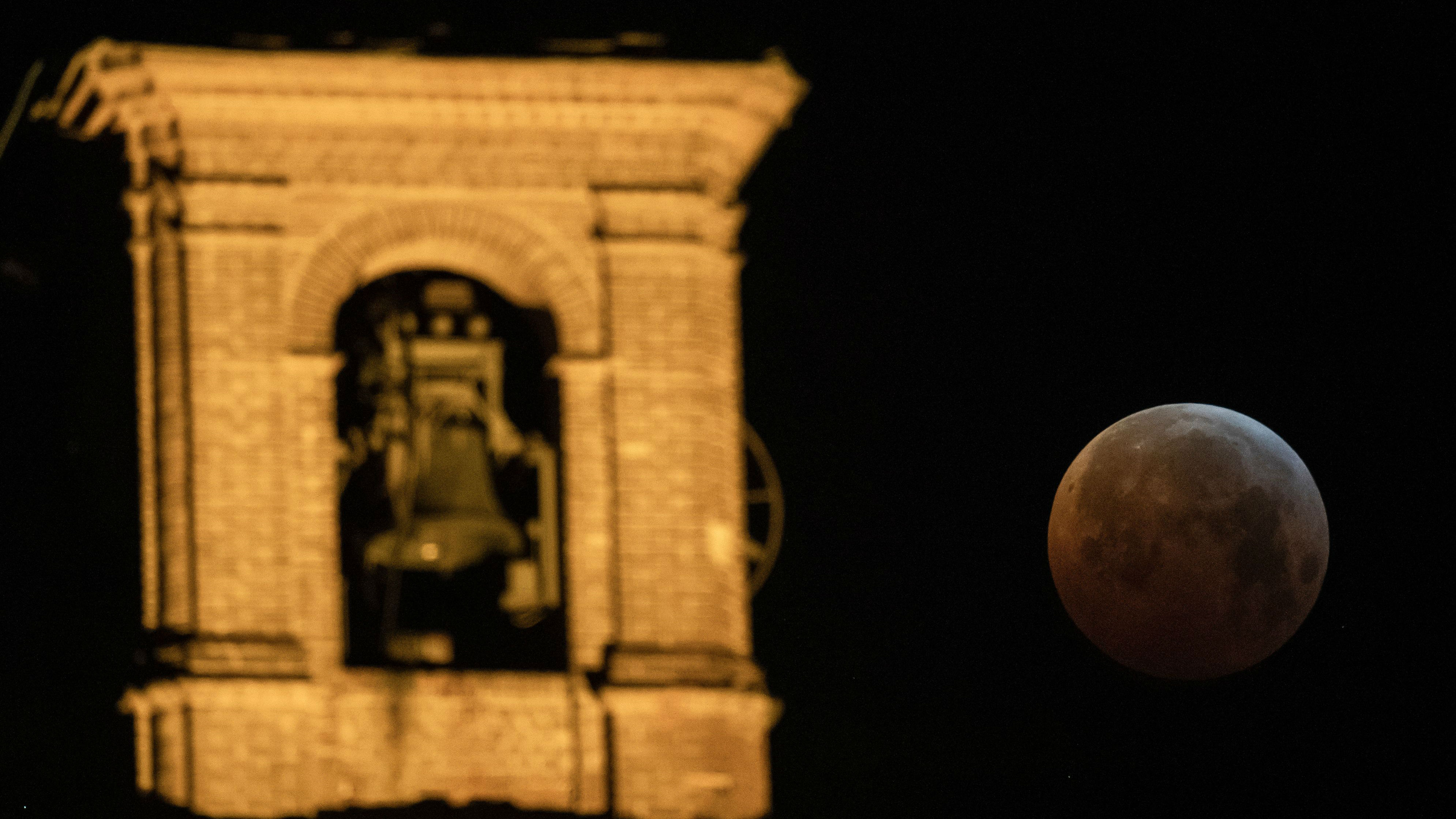
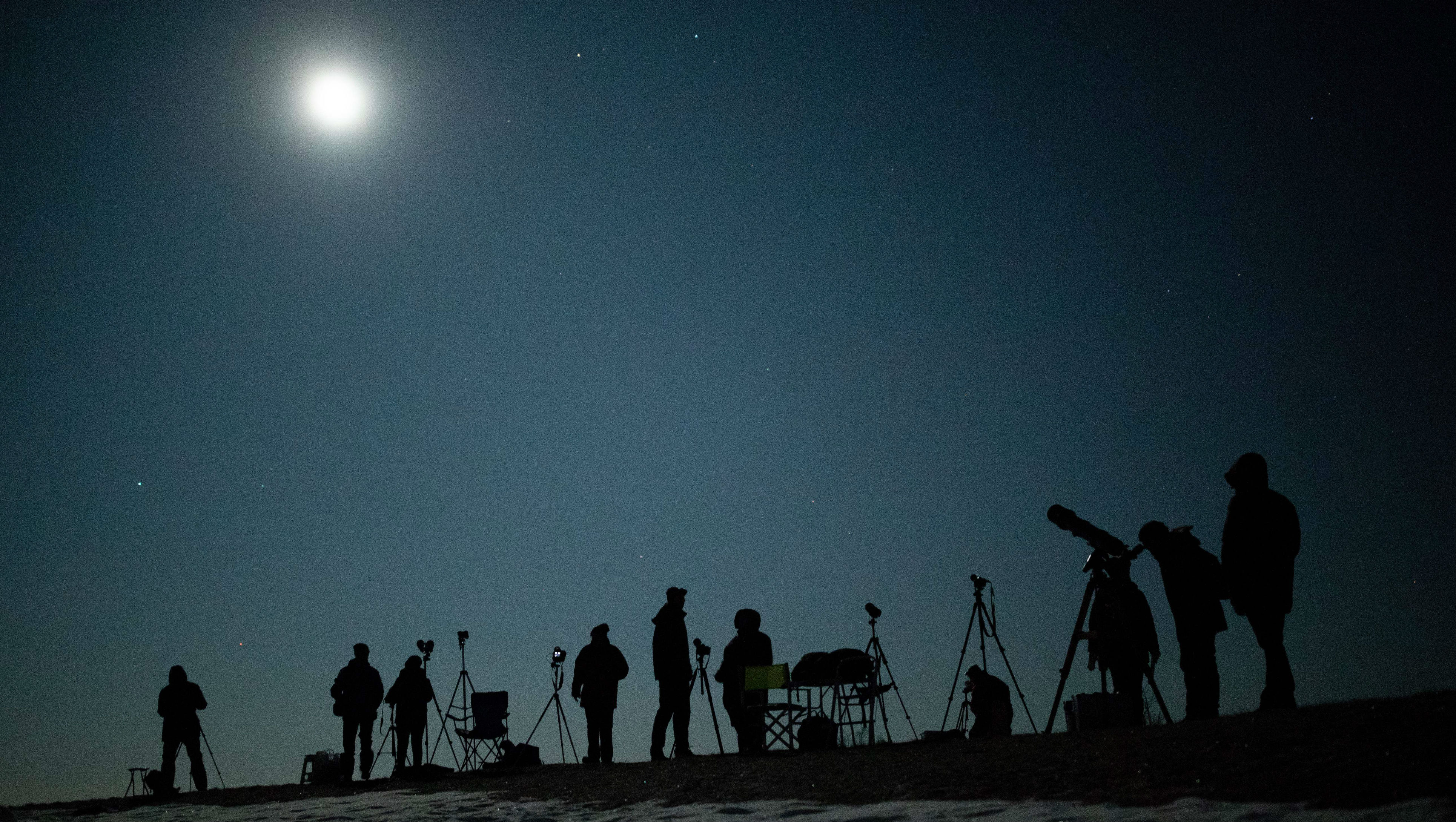


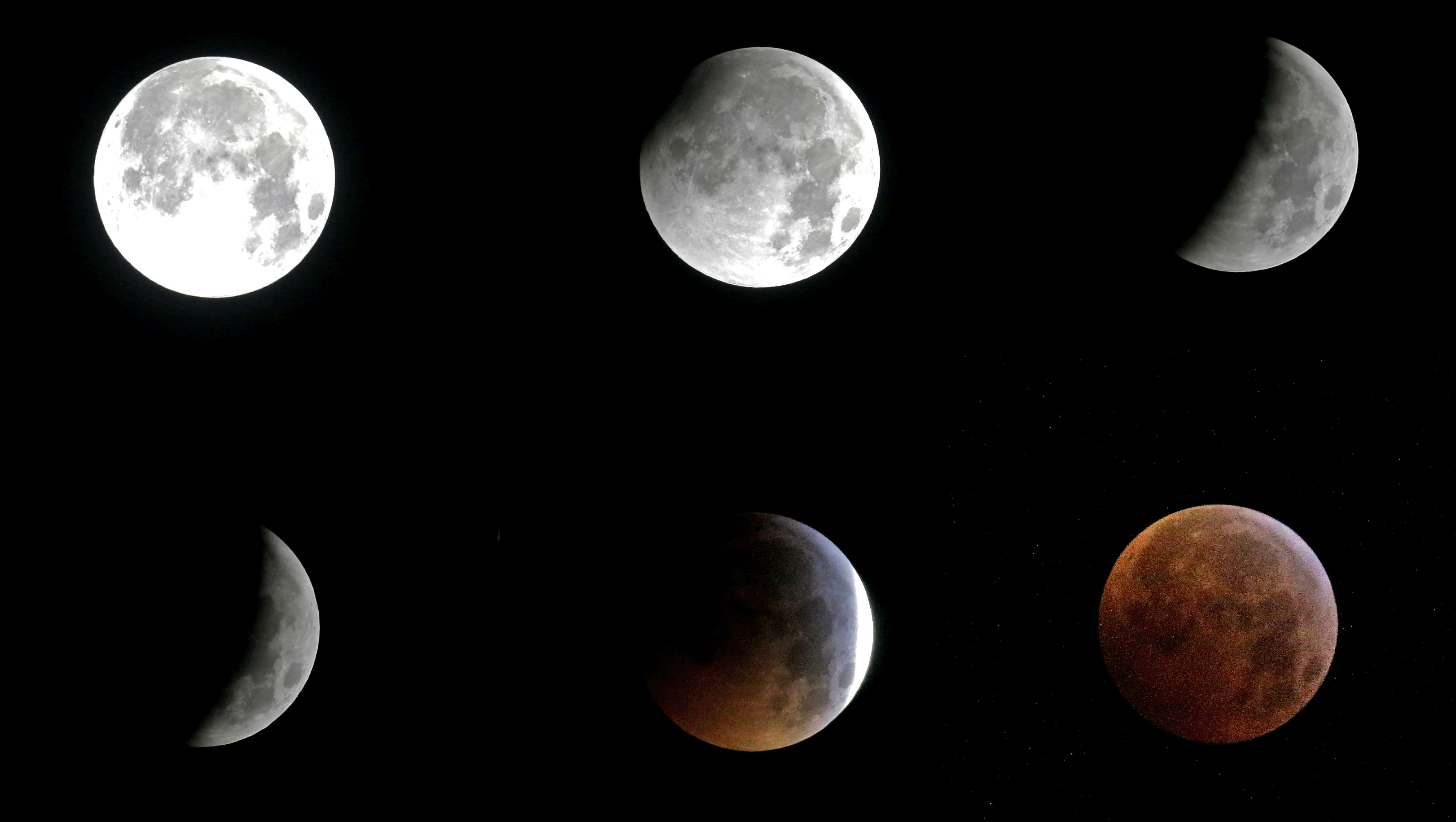
Stargazers enjoyed a rare treat overnight in the form of a total lunar eclipse known as the super blood wolf moon.
The celestial phenomenon made the Moon appear larger and dark red, and was visible in North and South America on Sunday night and in Europe in the early hours of Monday.
“From Alaska to the Caribbean and down to Argentina, the total lunar eclipse mesmerised millions of people,” reports Space.com. Many on the US East Coast “braved the chilly weather” to see the spectacle, which occurs when the Moon passes through the darkest part of Earth’s shadow, the site adds.
The Week
Escape your echo chamber. Get the facts behind the news, plus analysis from multiple perspectives.

Sign up for The Week's Free Newsletters
From our morning news briefing to a weekly Good News Newsletter, get the best of The Week delivered directly to your inbox.
From our morning news briefing to a weekly Good News Newsletter, get the best of The Week delivered directly to your inbox.
Telescope service Slooh filmed the event for a live webcast, with astronomer Paul Cox telling viewers: "It doesn’t matter who you are... these celestial events can become quite overwhelming.”
In the UK, the optimum viewing time was around 5.12am, while the clearest skies were in the far southeast and over northern and western regions, says The Guardian. Other areas were fairly cloudy, obscuring the incredible sight.
The name super blood wolf moon is derived from a combination of three separate phenomena affecting the Moon simultaneously: a blood moon, supermoon and wolf moon.
Whereas a total lunar eclipse occurs when the Earth’s shadow completely covers the Moon, a blood moon happens when a refraction of light through the Earth’s shadow during an eclipse gives the Moon a reddish hue.
A free daily email with the biggest news stories of the day – and the best features from TheWeek.com
A supermoon refers to a period when a full moon is closest to Earth in its orbit, making it appear up to 15% larger than normal, while wolf moon is simply a Native American name for full moons in January, according to the Daily News Journal.
Earth experiences two to five supermoons every year, while the gap between blood moons is anywhere from six months to about three years, reports CNet.
“You can also plan on around one to five super blood moons each decade, but they only fall in January three times this century,” the news site adds.
-
 The best homes of the year
The best homes of the yearFeature Featuring a former helicopter engine repair workshop in Washington, D.C. and high-rise living in San Francisco
-
 Critics’ choice: The year’s top 10 movies
Critics’ choice: The year’s top 10 moviesFeature ‘One Battle After Another’ and ‘It Was Just an Accident’ stand out
-
 The small Caribbean island courting crypto billions
The small Caribbean island courting crypto billionsUnder the Radar Crypto mogul Olivier Janssens plans to create a libertarian utopia on Nevis
-
 Blue Origin launches Mars probes in NASA debut
Blue Origin launches Mars probes in NASA debutSpeed Read The New Glenn rocket is carrying small twin spacecraft toward Mars as part of NASA’s Escapade mission
-
 ‘The Big Crunch’: why science is divided over the future of the universe
‘The Big Crunch’: why science is divided over the future of the universeThe Explainer New study upends the prevailing theory about dark matter and says it is weakening
-
 The moon is rusting
The moon is rustingUnder the radar The Earth is likely to blame
-
 Panspermia: the theory that life was sent to Earth by aliens
Panspermia: the theory that life was sent to Earth by aliensUnder The Radar New findings have resurfaced an old, controversial idea
-
 Africa could become the next frontier for space programs
Africa could become the next frontier for space programsThe Explainer China and the US are both working on space applications for Africa
-
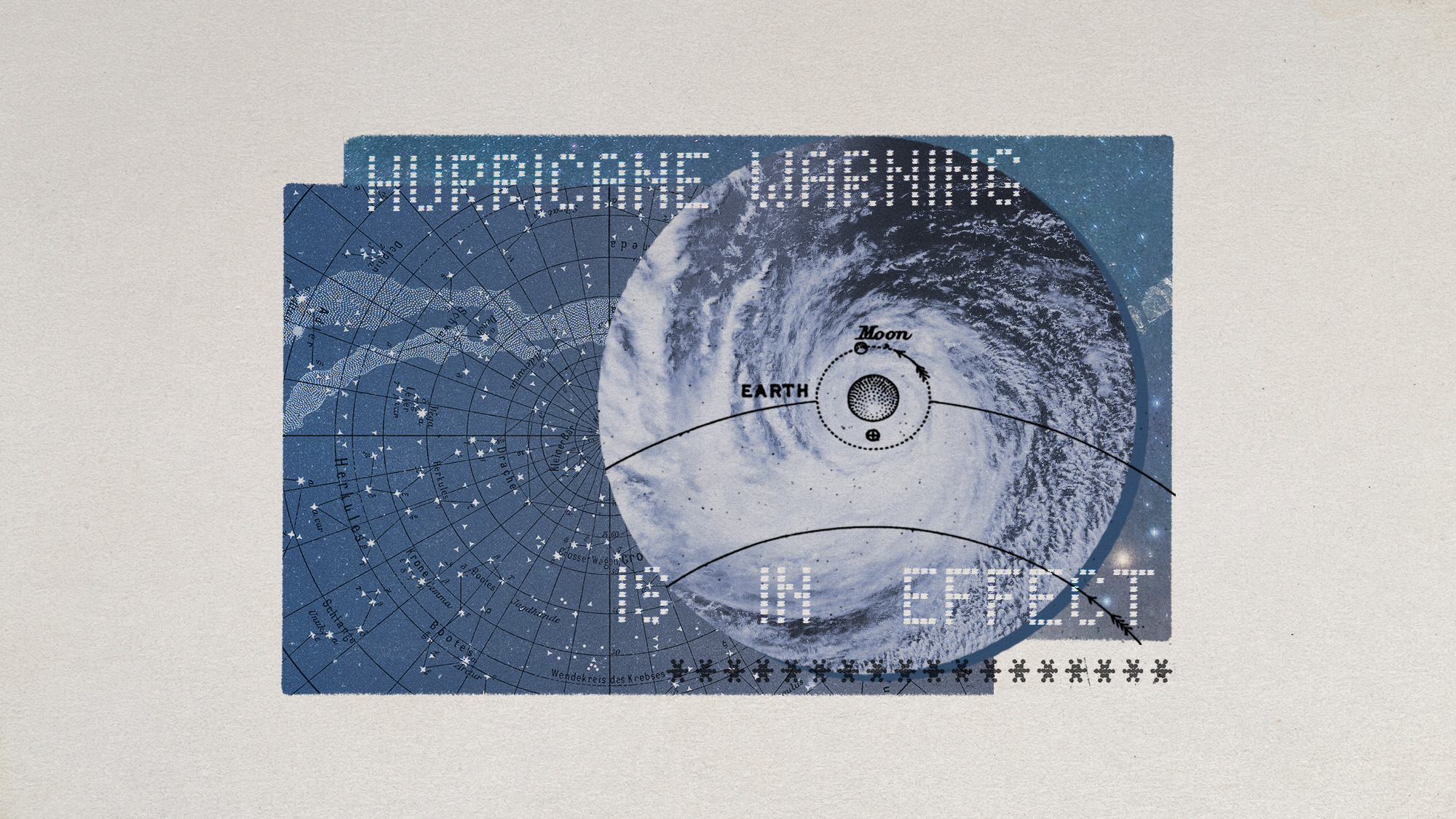 Hurricanes are not exclusive to Earth. They can happen in space.
Hurricanes are not exclusive to Earth. They can happen in space.Under the radar These storms may cause navigational problems
-
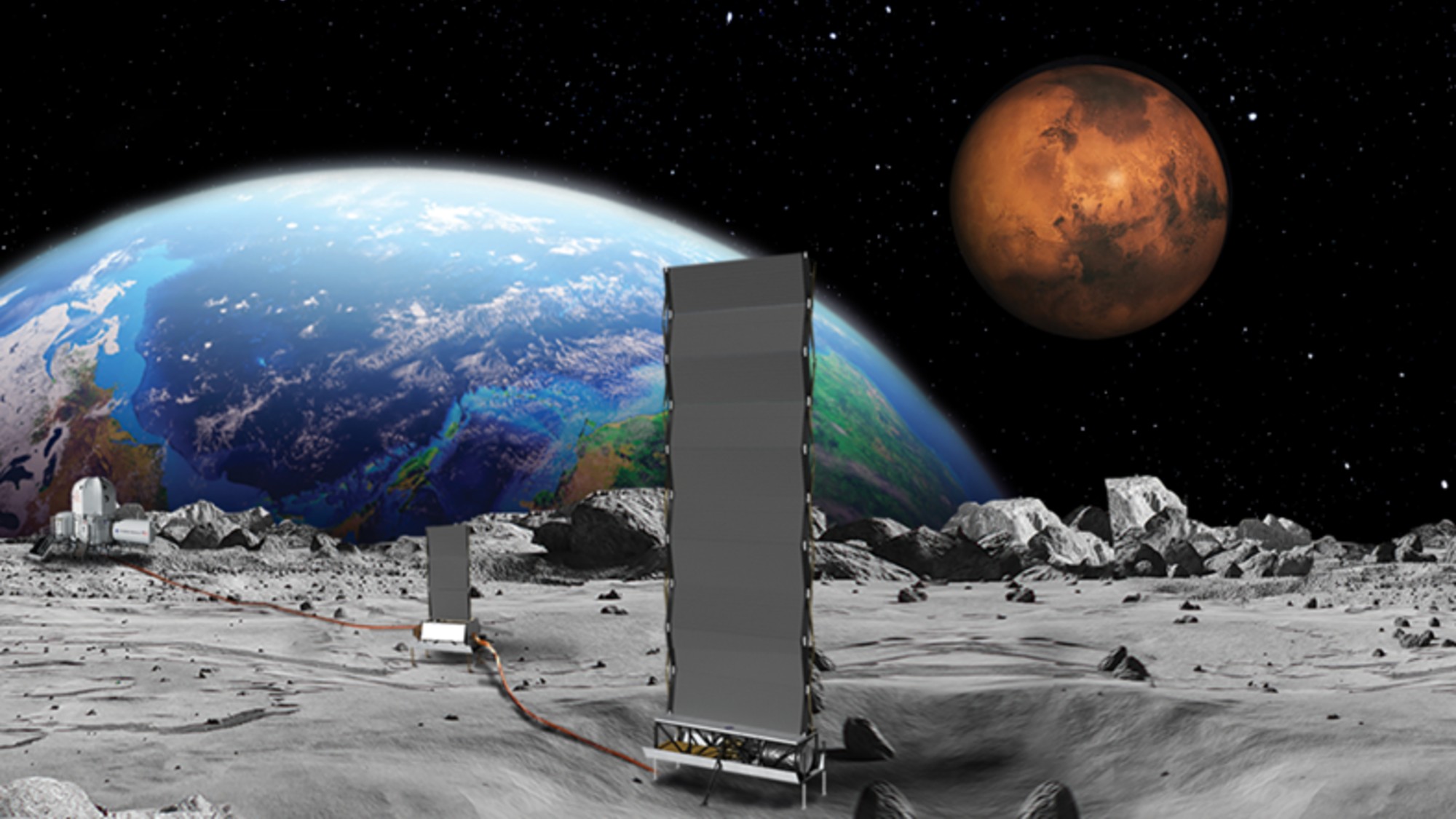 Why does the US want to put nuclear reactors on the moon?
Why does the US want to put nuclear reactors on the moon?Today's Big Question The plans come as NASA is facing significant budget cuts
-
 Answers to how life on Earth began could be stuck on Mars
Answers to how life on Earth began could be stuck on MarsUnder the Radar Donald Trump plans to scrap Nasa's Mars Sample Return mission – stranding test tubes on the Red Planet and ceding potentially valuable information to China